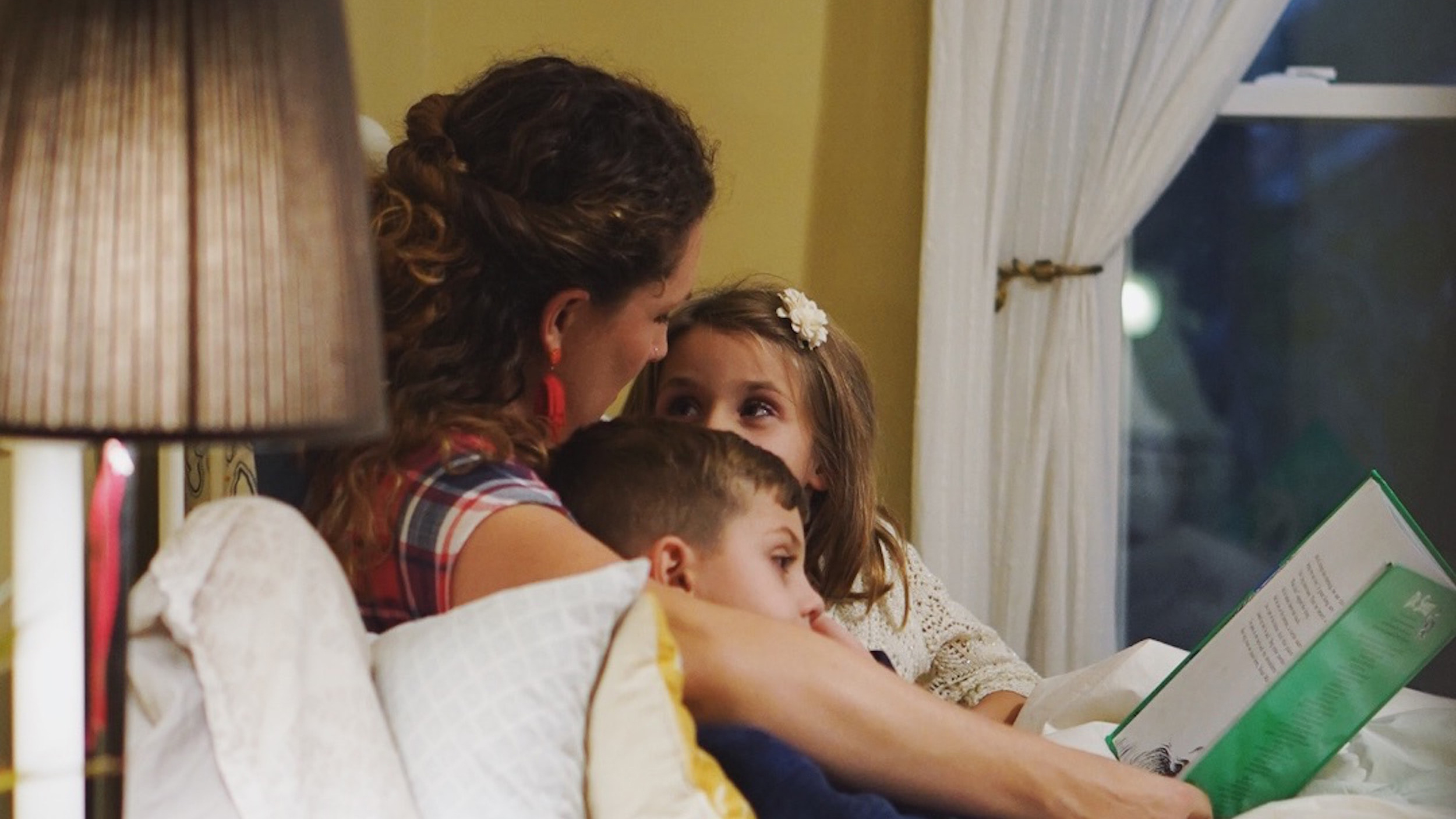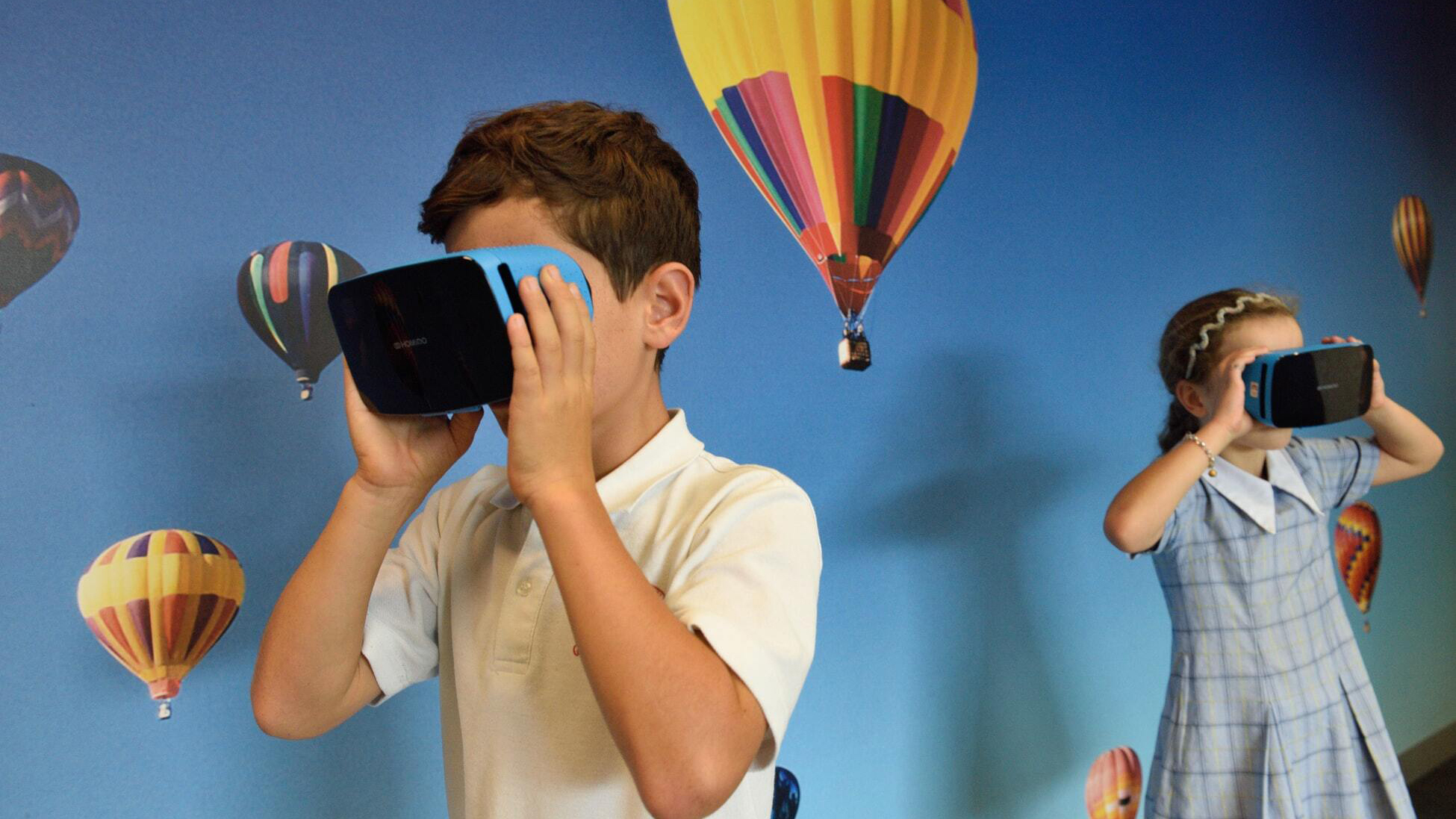


Science Corner
To be sure that the next generation is in good hands, WonderSeed is committed to following methods that are backed by science. By learning how the newest technologies function, we take pride in helping young people grow in a way that is both entertaining and fun. Pairing storytelling with technology allows us to develop new strategies to help our young people grow in a dependable way, fully backed by research.
Did You Know?
- Babies are born with all of the neurons they will ever have. A healthy baby will emerge from the womb with 100 billion neurons, nearly twice as many neurons as adults, in a brain that’s half the size. This massive number of neurons is necessary for the tremendous amount of learning a baby has to do in its first year of life.
- Some pediatricians label a baby's first three months of life as the "fourth trimester" of pregnancy to emphasize how needy, and yet devoid of social skills, babies are at this stage. The first social smile, for example, doesn't usually appear until the infant is 10-14 weeks old and the first phase of attachment, scientists suggest, begins around five months old.
- Birth to age 3 is the phase where the fastest rate of brain development will take place throughout a human being’s life. At birth, a baby's brain is about one-third the size of an adult's brain. In 90 days, it more than doubles its volume, to 55 percent of its final size.
- VR technology is revealing new insights into how the brain works. When you navigate through space, your brain creates a mental map using what some label an “inner GPS.”However, recent studies with rats in virtual environments show that their brains don’t create the same detailed map as in a real physical space. Visual processing is just a subset of the rich multi-sensory integration taking place in your brain all the time. As new VR technologies start to engage more of our senses, their effects may be even more compelling.
- VR has the ability to rewire the brain and enhance neural connections that are needed for learning and memory. In a simulated environment, the brain is seeing and doing exactly what is required – it is not filling in the gaps. As a result, students and trainees can learn quicker and more effectively.
Learn About Neuroplasticity
Learn More

Socio-Emotional Learning
Socio-emotional learning is the facilitation of emotions into rational thinking. This allows people to make positive decisions.

The Power Of Storytelling
Storytelling is a highly effective education tool used for engaging others. It is much more likely to be remembered than recited facts.

Gamification Of Education
Gamification of education is an approach to teaching that uses games to motivate and engage learners.


